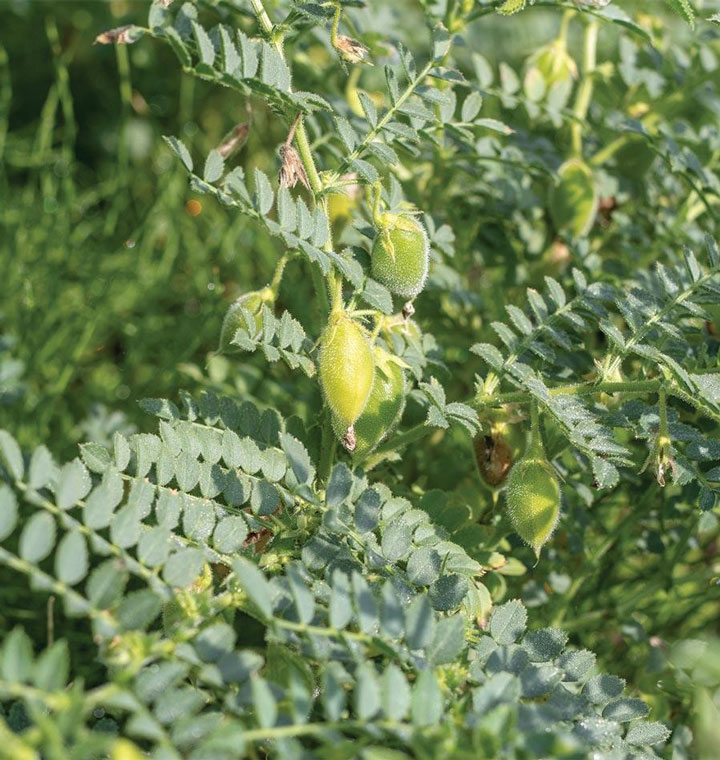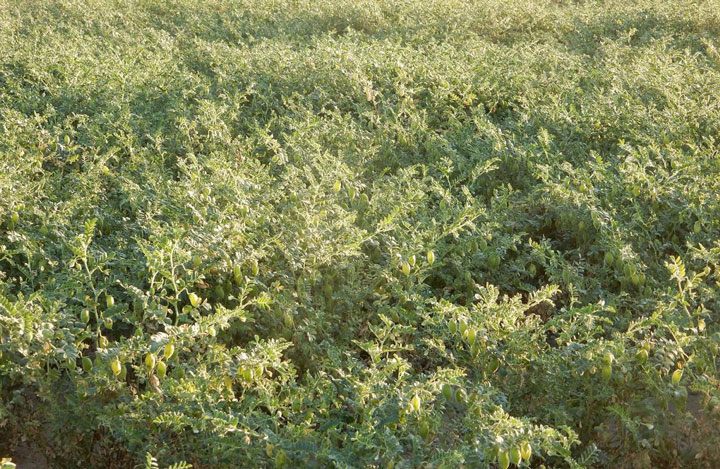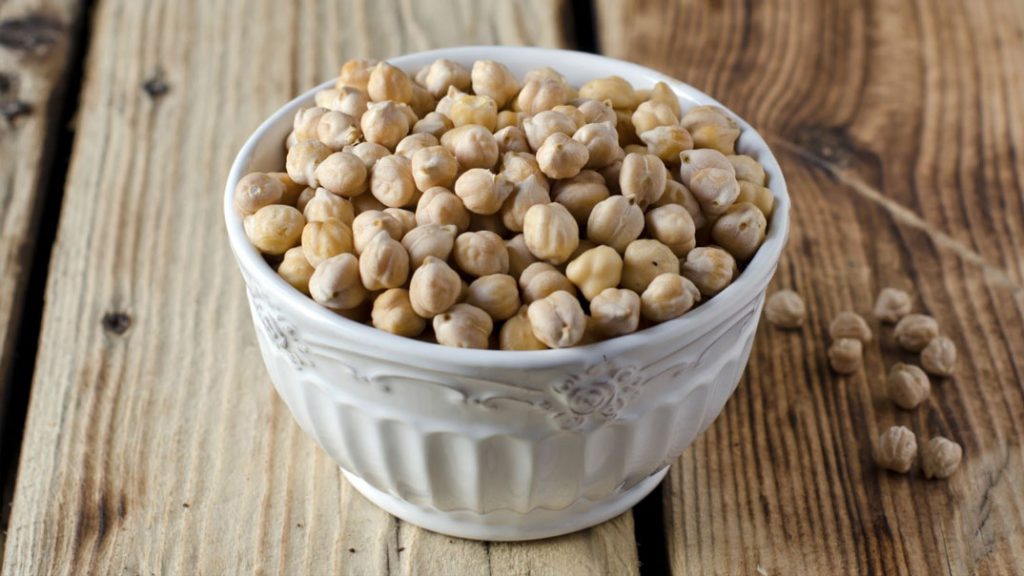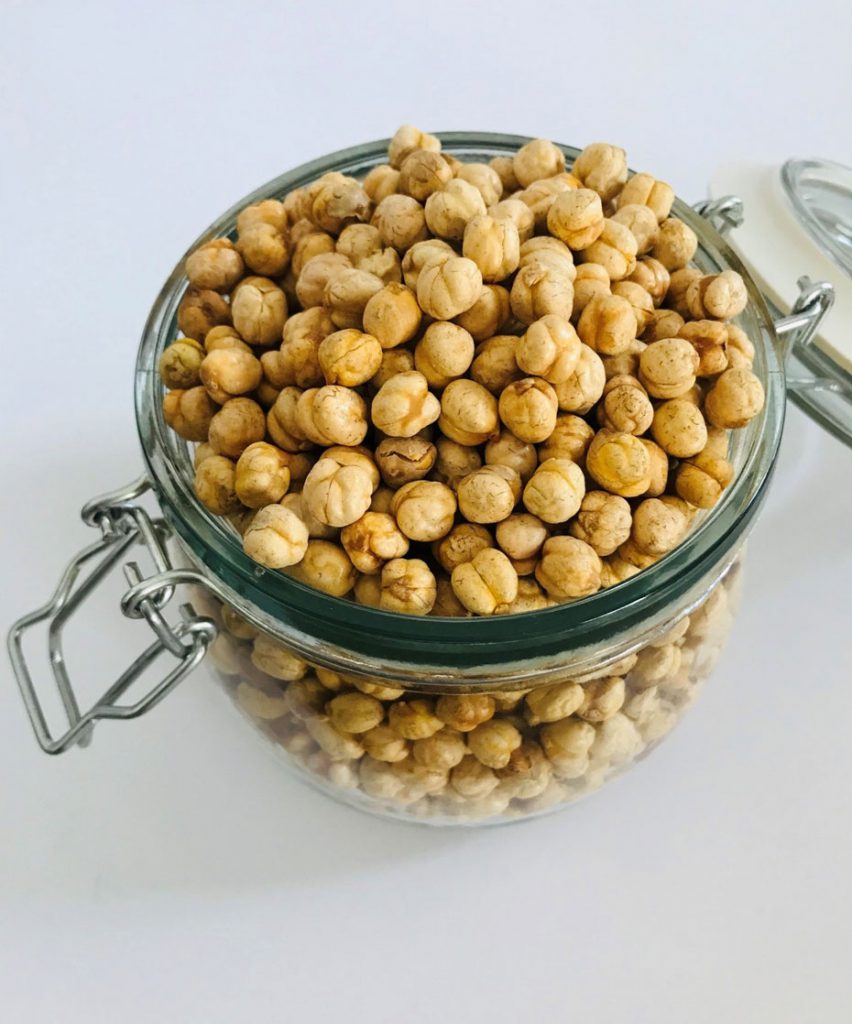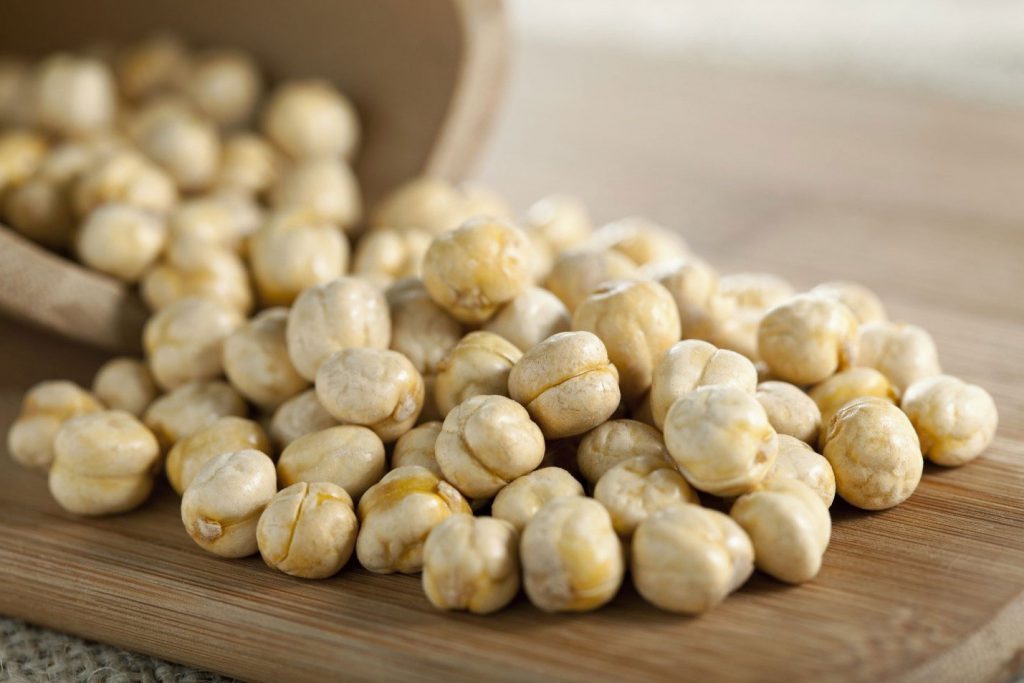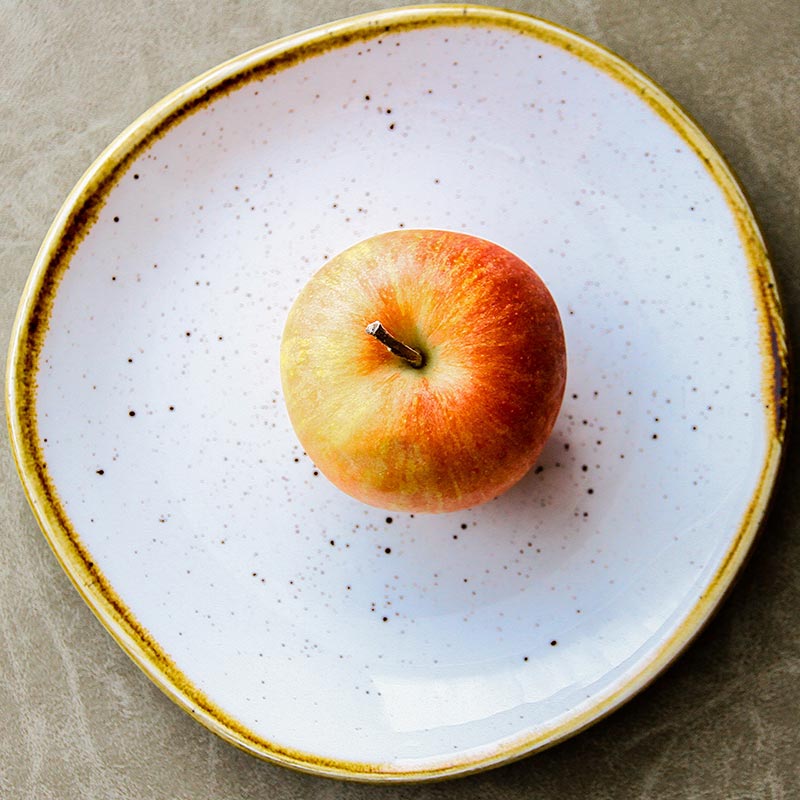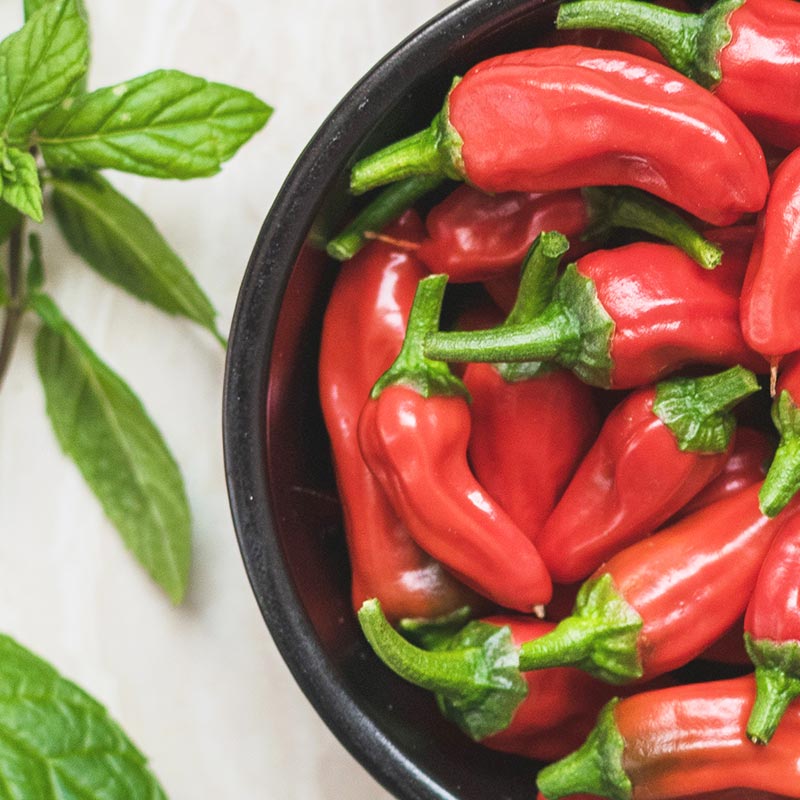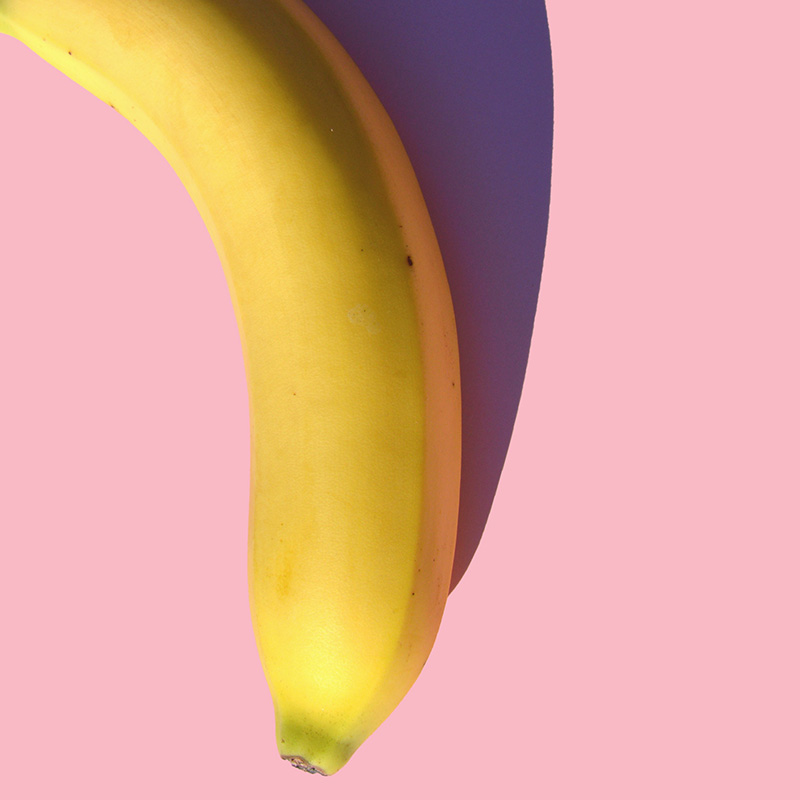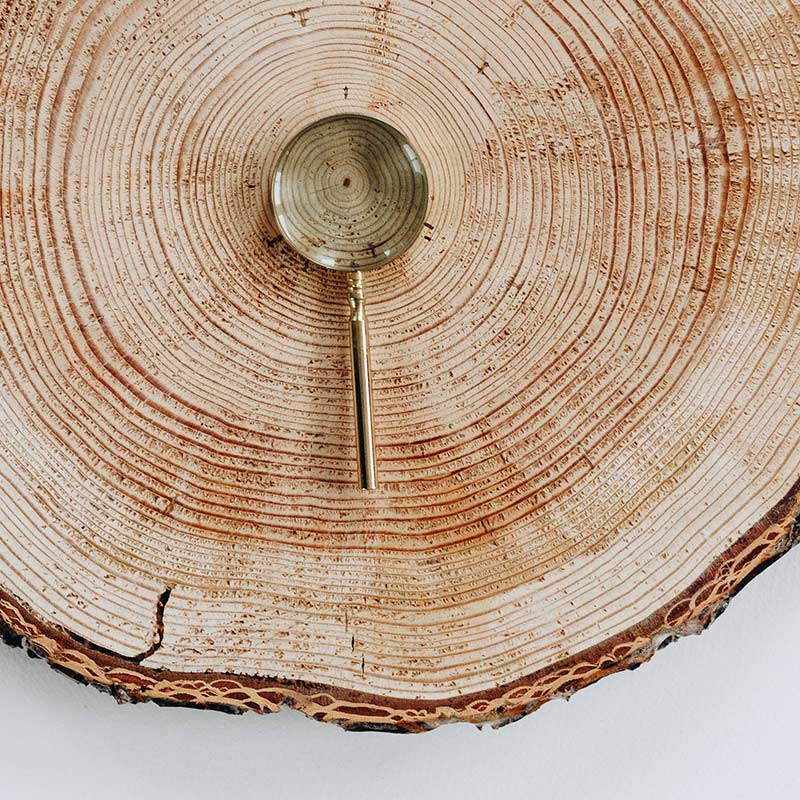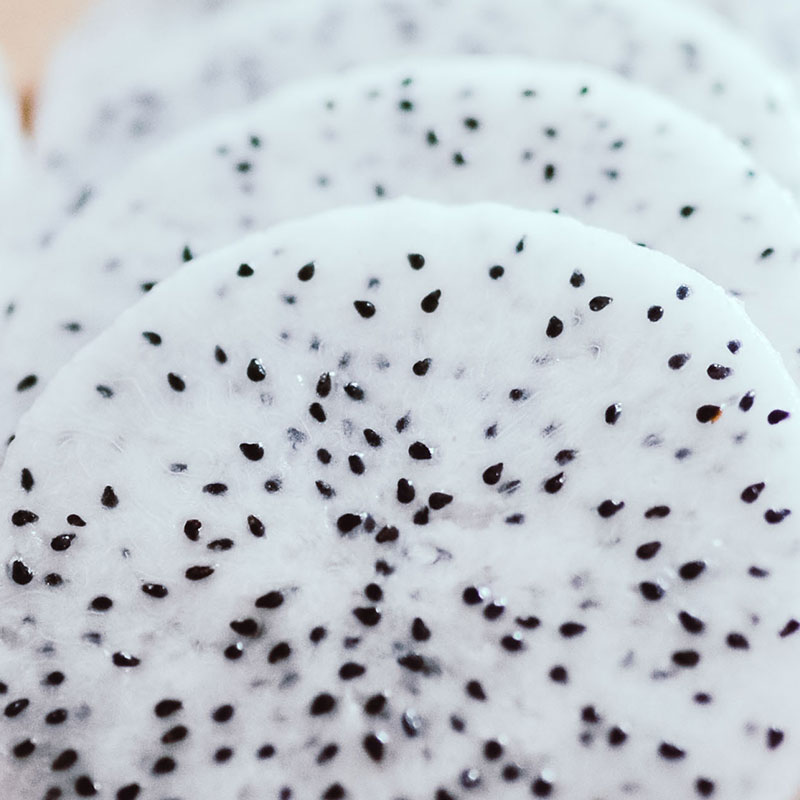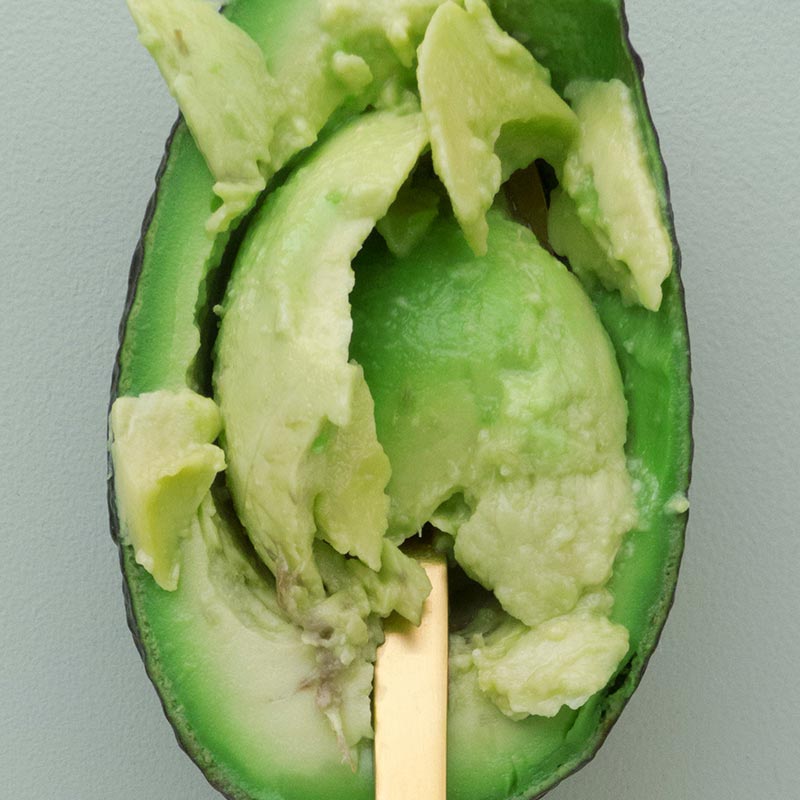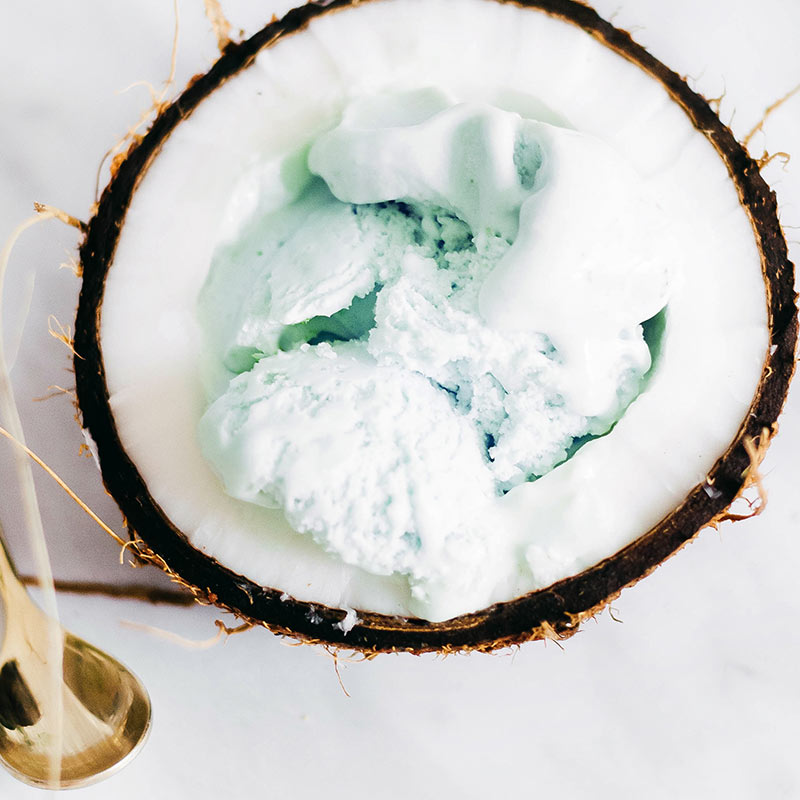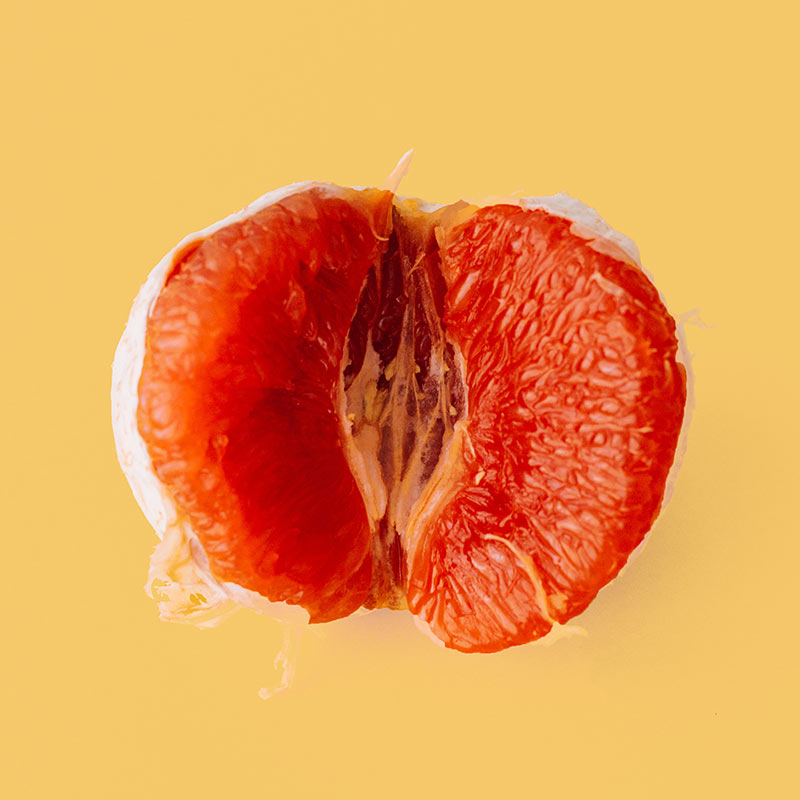The chickpea or chick pea (Cicer arietinum) is an annual legume of the family Fabaceae, subfamily Faboideae. Its different types are variously known as gram or Bengal gram, garbanzo or garbanzo bean, Egyptian pea, chana, and chole. Chickpea seeds are high in protein. It is one of the earliest cultivated legumes, and 7500-year-old remains have been found in the Middle East.
Chickpea is a key ingredient in hummus and chana masala, and it can be ground into flour to make falafel. It is also used in salads, soups and stews, curry and other meal products like channa. The chickpea is important in Indian and Middle Eastern cuisine. In 2017, India produced 67% of the world total for chickpeas.
Several varieties of chickpea are cultivated throughout the world. Desi chana closely resembles both seeds found on archaeological sites and the wild plant ancestor of domesticated chickpeas, Cicer reticulatum, which only grows in southeast Turkey, where chickpeas are believed to have originated. Desi chana has small, darker seeds and a rough coat. They are grown mostly in India and other parts of South Asia, as well as in Ethiopia, Mexico, and Iran. Desi means “country” or “native” in Hindustani; its other names include kala chana (“black chickpea” in both Hindi and Urdu) or chholaa boot. Desi chana can be black, green or speckled. This variety is hulled and split to make chana dal.


